Komodo dragons are large Indonesian lizards famous for their voracious appetite. These imposing reptiles sport a venom-laden mouth, a set of sharp teeth, and a keen sense of smell. What’s even more impressive? They are the largest living lizard species! Read on to learn about the Komodo dragon.
Description of the Komodo Dragon
Komodo dragons can grow to an impressive 10 feet long, and can weigh up to 150 lbs. when fully grown! Their skin is sandy tan or grey in color, with armored scales. When viewing the scales up close, you can see the spiny osteoderms, which are small bone protrusions. Within their mouths, Komodo dragons have 60 serrated teeth, and a long, yellow, forked tongue.
Interesting Facts About the Komodo Dragon
These ferocious predators are known for their venomous bite and tenacious hunting vigor. There are virtually endless interesting tidbits dealing with hunting and survival amongst Komodo dragons.
- Debate on Deadly Venom – Scientists are at a crossroads on just where the deadly venom in Komodo dragon saliva comes from. Previously, it was believed that the multitude of bacteria in the dragon’s mouth caused secondary infections. Scientists today are not so sure if this is the case. Whether from bacteria or venom the dragon produces, their bite is deadly to their prey.
- Tasting the Air – After biting prey, an adult Komodo dragon simply has to follow the animal at a distance. He leisurely spends the next few days tagging along, waiting for the animal to weaken. He finds the unfortunate meal by tasting the air with his long forked tongue. This is called a “vomeronasal sense.”
- Little Lizards Beware – Though they mostly prefer carrion, Komodo dragons are also known to cannibalize younger Komodo dragons. Until they reach their full adult size, young dragons are in danger of being eaten by their larger neighbors. To avoid becoming lunch, the younger and smaller animals usually spend most of their time in trees.
- Parthenogenesis – On December 20, 2006 a female Komodo dragon named Flora laid 11 unfertilized eggs. She had not lived with, nor interacted with, any male Komodo dragon. Despite the fact no male was ever present, 7 of her eggs hatched! Since then, a number of Komodo dragons in zoos have exhibited this ability. The ability to asexually reproduce, or produce offspring without mating, is called “parthenogenesis.”
Habitat of the Komodo Dragon
Komodo dragons inhabit volcanic islands with rugged, hilly terrain. The islands they live on have a range of different ecosystems, from grasslands and savannas, to dense forests. In their native range, these interesting animals remain at lower elevations, avoiding the higher, mountainous cloud forests on the Indonesian islands they inhabit.
Distribution of the Komodo Dragon
These predatory lizards inhabit just five islands, four of which are within Komodo National Park in Indonesia. They can be found on Komodo, Gili Dasami, Gili Montang, Rinca, and Flores Island. Komodo dragons have the smallest natural range of all the large predators.
Diet of the Komodo Dragon
One of the Komodo dragon’s favorite prey is the Timor deer. These deer are fast and wary creatures, and the Komodo dragons must be skilled predators to capture them. They lie quietly along game trails and wait for a deer to pass close enough to capture. Komodo dragons will also prey on non-native water buffalo and wild pigs.
Komodo Dragon and Human Interaction
As large predators, Komodo dragons have had some aggressive interactions with humans. Komodo dragon attacks are rare, and deaths are even scarcer. In a 38-year period, just 24 attacks were reported, and only 5 of them were deadly.
The scariest thing about the Komodo dragon isn’t the potential for being attacked by one, but the rate at which its habitat is destroyed. Outside of Komodo National Park, humans burn grasslands to hunt Timor deer. This destroys the lizard’s habitat, and decimates their main prey source.
Domestication
Komodo dragons have not been domesticated in any way.
Does the Komodo Dragon Make a Good Pet
Because they are considered a vulnerable species, Komodo dragons are illegal to own as pets. They are also potentially dangerous, and could cause bodily harm.
Komodo Dragon Care
In zoos, Komodo dragons are provided with space to explore, and plenty of hiding spaces and burrows to replicate their natural habitat. The dragons at San Diego Zoo are provided with both indoor and outdoor access, gas heaters and a heated waterbed platform, and lots of environmental enrichment. Their diet consists of rabbits, small rodents, beef shank, and a commercial reptile diet. Additional treats of hard boiled egg and fish are also occasionally offered.
Behavior of the Komodo Dragon
Komodo dragons are not social creatures, but they are not solitary either. Communal feeding frequently occurs, but a dominance hierarchy is established. The largest and most dominant males eat before the smaller animals. When they aren’t feeding, hunting, or sunning themselves, Komodo dragons will rest in shallow burrows. They have powerful claws, and front legs that can be used to dig.
Reproduction of the Komodo Dragon
The breeding season for Komodo dragons begins in May, and ends in August. Male Komodo dragons battle for dominance and the right to breed with females. Komodo dragons have also been known to form pair bonds, and even remain monogamous to their partner, which is rare in lizard species.
The female will lay an average of 20 grapefruit-sized eggs in September. The young are self sufficient upon hatching, and must take to the trees to avoid being eaten by predators or others of their kind. It can take between 8 and 9 years for young Komodo dragons to reach maturity.



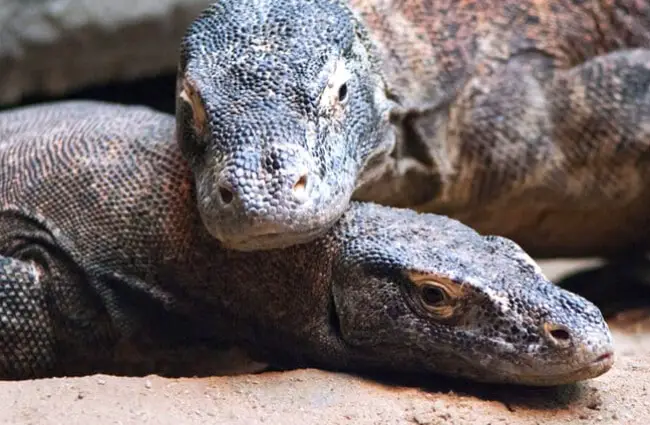
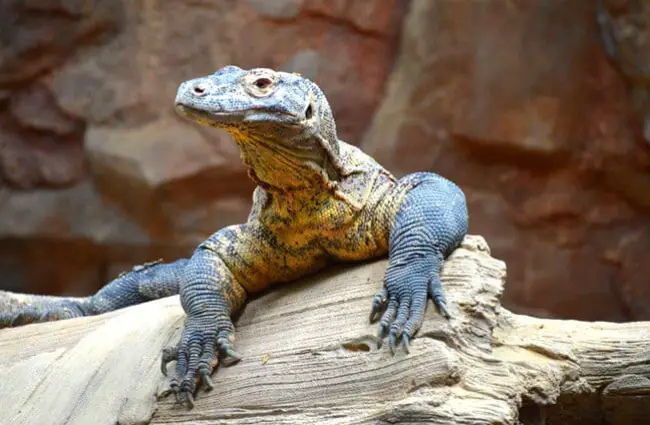
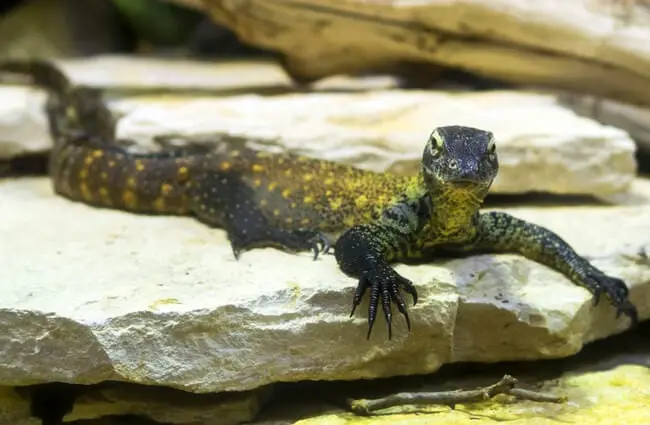
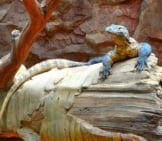
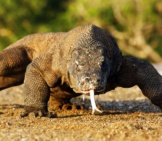


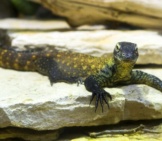
![Red Angus Closeup of a beautiful Red Angus cowPhoto by: U.S. Department of Agriculture [pubic domain]https://creativecommons.org/licenses/by/2.0/](https://animals.net/wp-content/uploads/2020/03/Red-Angus-4-238x178.jpg)












![Red Angus Closeup of a beautiful Red Angus cowPhoto by: U.S. Department of Agriculture [pubic domain]https://creativecommons.org/licenses/by/2.0/](https://animals.net/wp-content/uploads/2020/03/Red-Angus-4-100x75.jpg)

